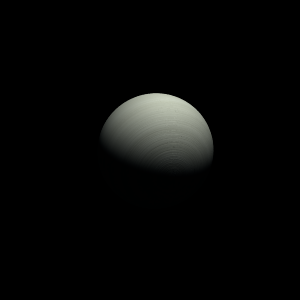|
|
Space Astro
|
Info for exoplanet "Zakyugyo Byo"
| Scientific (actual) data |
|---|
| Name | HAT-P-69 b |
| Planet status | Confirmed |
| Planet mass | 3.58 |
| Radius | 1.676 |
| Orbital period | 4.78695 |
| Semi major axis | 0.06555 |
| Orbit eccentricity | 0 |
| Inclination | 87.19 |
| Discovered | 2019 |
| Updated | 2020-03-04 |
| Tzero tr | 2458500 |
| Lambda angle | 21.2 |
| Impact parameter | 0.366 |
| K | 309 |
| Temperature (kelvin) | 1990 |
| Publication | Published in a refereed paper |
| Detection type | Primary Transit |
| Radius measurement type | Primary Transit |
| Alternate names | TOI 625.01 |
| Star name | HAT-P-69 |
| Right ascension | 130.5° |
| Declination | 3.71° |
| Mag v | 9.8 |
| Star distance | 343.9 |
| Star metallicity | -0.061 |
| Star mass | 1.698 |
| Star radius | 1.854 |
| Star age | 1.27 |
| Star temperature | 7724 |
| Wikipedia article | HAT-P-69 b |
Back
| |
| Fictional info (?) |
|---|
| Suggested name | Zakyugyo Byo |
| Planet type | Large hot gas giant |
| It has the densest atmosphere of the known large hot gas giants, consisting of huge amounts of ammonia.
Because of its rapid rotation, the planet's shape is that of an oblate spheroid (it has a slight but noticeable bulge around the equator). |
| Atmosphere | Ammonia | 42% |
| Argon | 27% |
| Xenon | 27% |
| Sulfur dioxide | 2.6% |
| Atmospheric pressure | 0.5 bar |
 |
| No known satellites |
| Google search for Zakyugyo byo |
|
Website by Joachim Michaelis
|
|
|
|